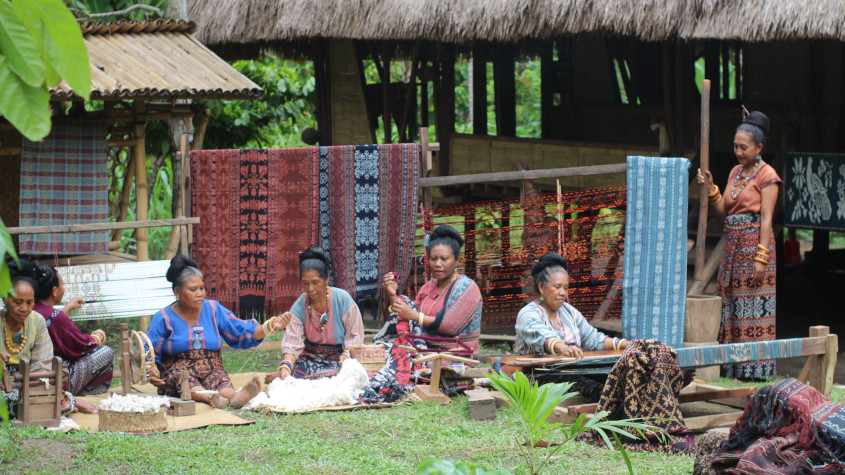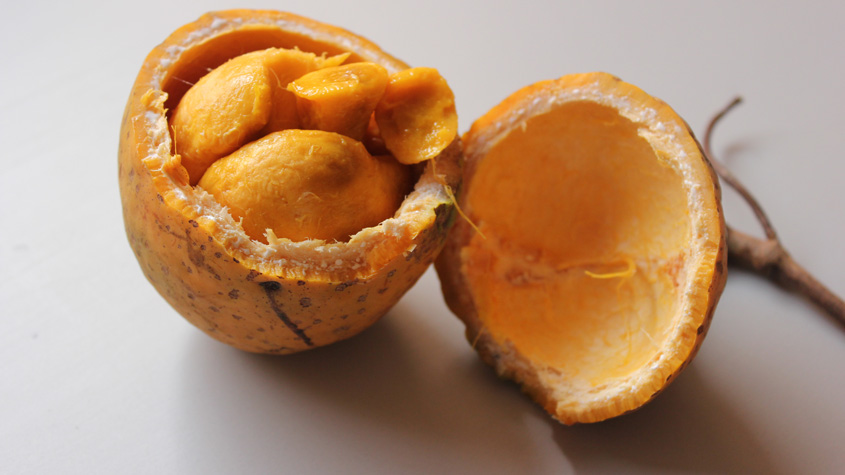Using Geographical Indications to Protect and Promote Culture
June 10, 2021
On May 26, 2021, WIPO’s Traditional Knowledge Division organized a webinar on the use of geographical indications (GIs) by Indigenous Peoples and Local Communities as part of the WIPO webinar series How to Protect and Promote Your Culture. Two members of indigenous peoples and local communities shared their communities’ experiences with this particular intellectual property tool.

Around the world, indigenous peoples and local communities have developed a wide variety of traditional knowledge (TK) and traditional cultural expressions (TCEs). Although the intellectual property system does not offer solutions to all the challenges faced by indigenous peoples and local communities, it does offer tools that can be used to somehow protect and promote (or prevent the misappropriation of) these traditional forms of innovation and creativity.
Following the first English session of the webinar series on collective marks and certification marks held on March 24, WIPO’s Traditional Knowledge Division organized a second English session, this time focusing on the use of GIs by indigenous peoples and local communities.
This interactive webinar was again moderated by WIPO Indigenous Fellow Anna Sinkevich, overseeing presentations on the GI Tenun Ikat Sikka (Indonesia) and Madd de Casamance (Senegal). Ms. Alfonsa Horeng of the Women’s Weaver Cooperative of Lepo Lorun in Indonesia and Mr. Jean Sagna of the Association for the Support of Peach and Development Initiatives (ASAPID) in Senegal shared how their communities are using – or working towards registering – their communities’ GIs.

For us, traditional weaving has three important purposes: to preserve our traditional techniques, our ritual customs and the philosophy behind the design and patterns; to create a structure for the economic empowerment of our women weavers, including the younger generations, in order to preserve the tradition; and to share the Ikat-weaving culture with the global markets.
Alfonsa Horeng, Women’s Weaver Cooperative of Lepo Lorun, Indonesia

In the beginning, people were harvesting the Madd individually. So, we gathered all the stakeholders and created the [Association pour la Protection et la Promotion de l’Indication Géographique Madd de Casamance (APPIGMAC)]. The purpose of this Association is to promote the Madd, protect the forest, raise awareness and provide women with market access. Furthermore, we bring together the stakeholders – the customers, the harvesters, the collectors – to sit and discuss what they can do for the Madd de Casamance.
Jean Sagna, ASAPID, Senegal
Intellectual property expert, Ms. Delphine Marie-Vivien, Deputy Director of the Joint Research Unit “Innovation and Development in Agriculture and Food” (UMR Innovation), French Agricultural Research Centre for International Development (CIRAD), France, highlighted key concepts linked to geographical indications and how these tools can be useful to the particular needs of indigenous peoples and local communities.
Geographical indications are well adapted for the preservation and the promotion of traditional knowledge and the associated biodiversity of indigenous peoples and local communities, because […] it is based on collective traditions – old traditions. It’s a way to protect, to preserve the collective traditions while allowing some modernization.
Delphine Marie-Vivien, Deputy Director, UMR Innovation, CIRAD, France
The presentations were followed by a questions and answers session between the guest speakers and the participants.
Background of the Webinar Series: How to Protect and Promote Your Culture
The webinar series How to Protect and Promote Your Culture is inspired by the WIPO publication Protect and Promote Your Culture - A Practical Guide to Intellectual Property for Indigenous Peoples and Local Communities. The webinar series is primarily addressed to indigenous peoples and local communities, focusing on some of the main intellectual property tools that can be useful for them.
We trust that the series will be of interest to indigenous peoples and local communities, government officials, intellectual property experts and others who wish to learn more about the application of intellectual property rights in this particular area. Each webinar will address a specific intellectual property right or intellectual property tool. We intend for the series to be very practical in its approach.
The next session of the webinar series, taking place in Spanish on June 30, 2021, will also focus on geographical indications.
Sign up for WIPO's Traditional Knowledge Updates to stay up-to-date on the activities and upcoming events of WIPO’s Traditional Knowledge Division.
Links to Additional Information on the Webinar
- View the webinar recording and access the speakers’ presentations on the WIPO website.
- Access the WIPO publication Protect and Promote Your Culture - A Practical Guide to Intellectual Property for Indigenous Peoples and Local Communities.
- Learn more about WIPO’s work with Indigenous and Local Community Entrepreneurship.